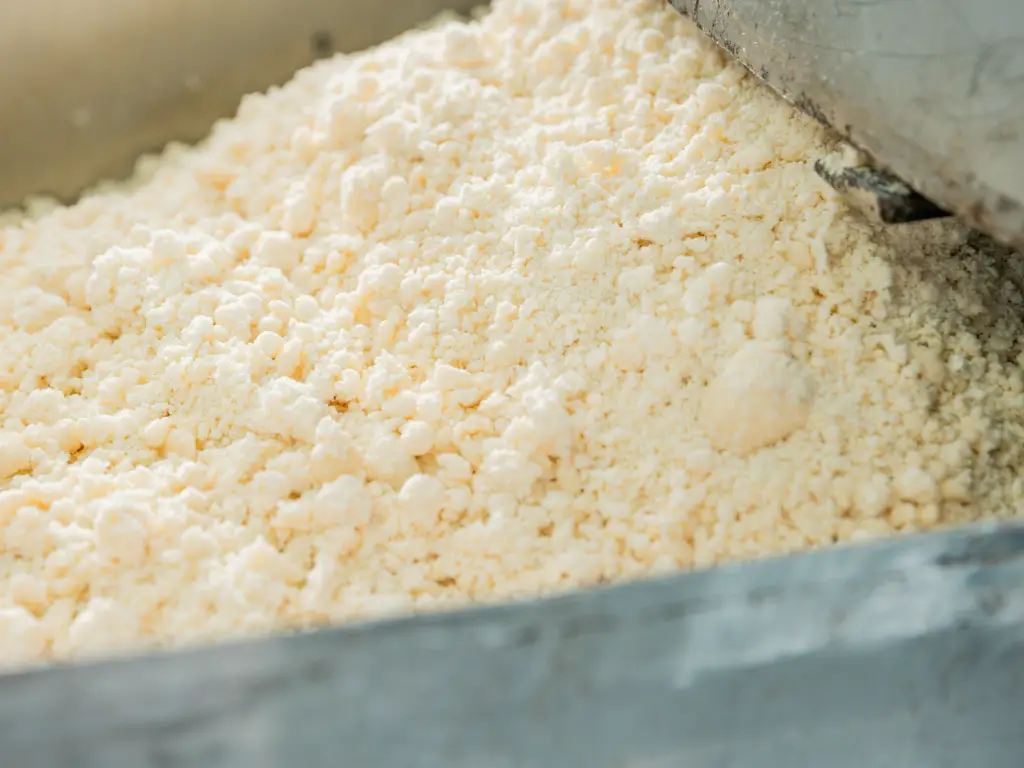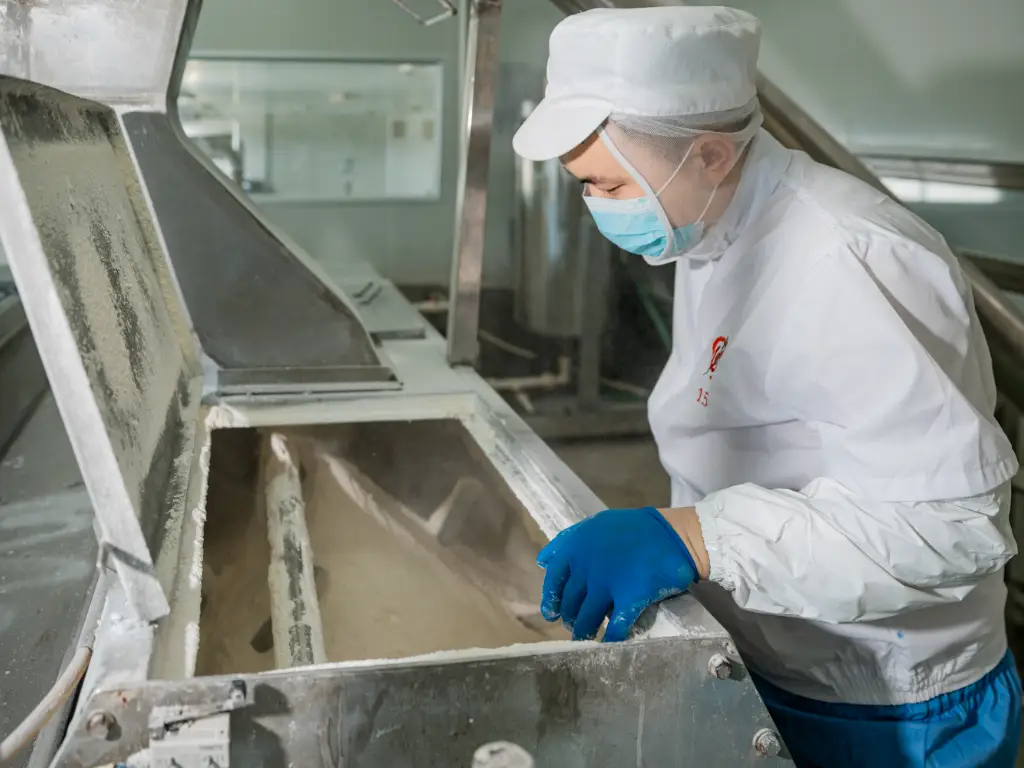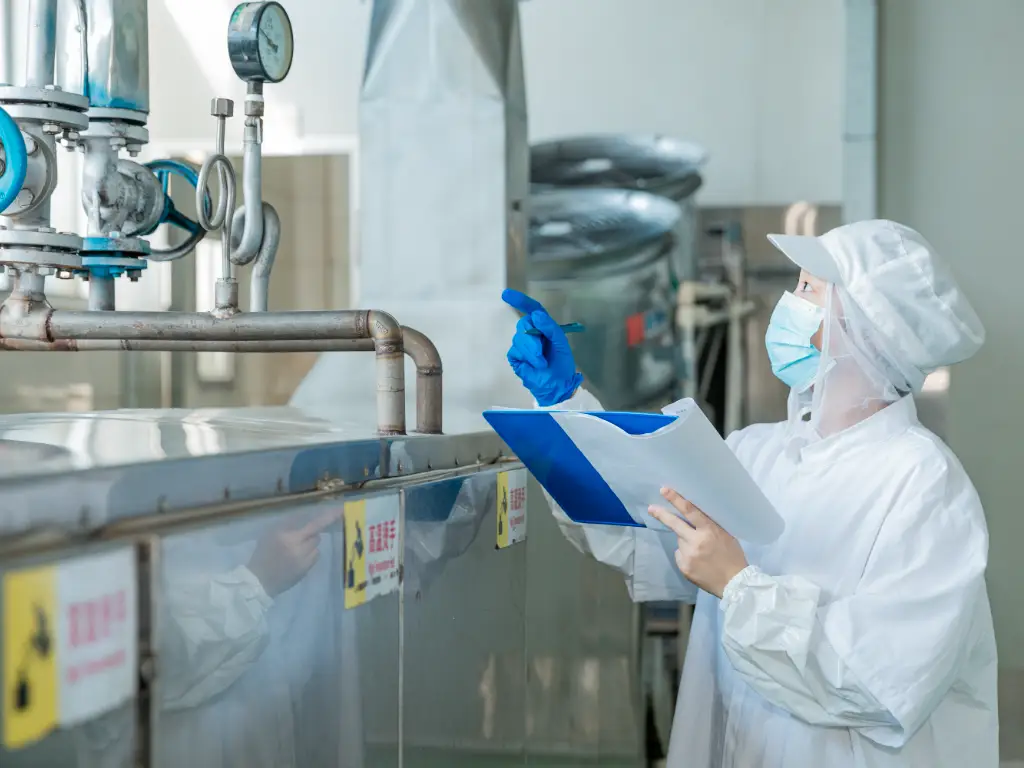Ingredients Procurement and
Management
Before production, we procure raw materials from the best suppliers. Our quality inspectors rigorously examine each batch of raw materials according to HACCP requirements, ensuring they meet our standards before being accepted into inventory for use.



See More about How We Manage Ingredients



-
01
Acceptance(CCP1): Strictly inspect organic raw materials for pesticide residues, heavy metals, and additives. Any non-compliant materials will be rejected and returned. -
02
Storage: Qualified raw materials are stored according to category, and prepare saline water -
03
Screening (CCP2): Pass flour and starch through a ≥30 mesh sieve to ensure purity. -
04
Mixing ingredients: Mix the ingredients in proportion, wait for stirring to be even and then divide them for use. -
05
Prepare dough: Use micro-filtered tap water to dissolve the saline water and flour and make the required dough.


-
01
Acceptance(CCP1): Strictly inspect organic materials for pesticide residues, heavy metals, and additives. Any non-compliant materials will be rejected and returned. -
02
Storage: Accepted raw materials will be stored separately in air-conditioned storage rooms to prevent clumping. -
03
Prepare: Prepare materials according to CCP2 requirements. -
04
Processing: According to CCP3 requirements, solid seasonings are screened, semi-solid seasonings are boiled, and liquid seasoning oils and liquid sauces are boiled. -
05
Packaged: Materials treated for uniform moisture will be packed into sterilized inner packaging and then boxed for storage.


-
01
Acceptance(CCP1): Strictly inspect organic materials for pesticide residues, heavy metals, and additives. Any non-compliant materials will be rejected and returned. -
02
Preprocessing: Pre-process the ingredients by cutting, marinating, frying, etc. -
03
Refrigeration: Pre-processed food is stored in cold storage throughout the process.

